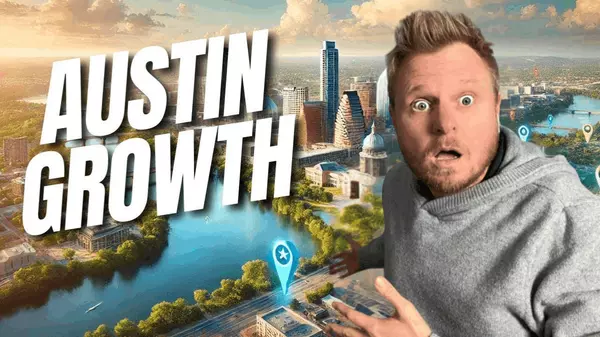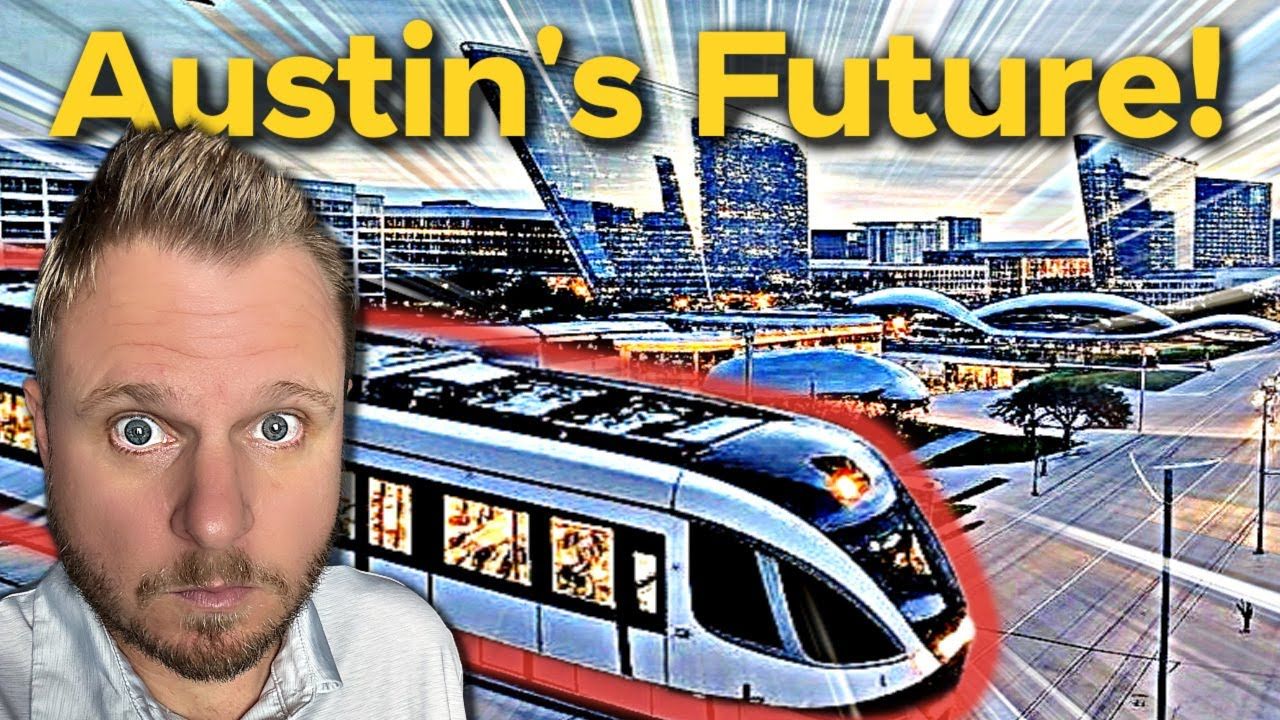Future Of Austin Texas! Will People Hate It?
Austin, Texas, is undergoing an unprecedented transformation. With cranes dotting the skyline, roads under constant construction, and billions of dollars being funneled into development projects, the city's future is being reshaped before our eyes. But the real question remains: is this rapid growth actually making Austin a better place to live?
Some residents see a city filled with opportunity, innovation, and progress. Others worry that Austin is becoming too expensive, congested, and unrecognizable. In this deep dive, we'll explore the major developments shaping Austin’s future, including the housing boom, light rail expansion, business shakeups, airport growth, and South Lamar’s massive new project. Most importantly, we'll examine what these changes mean for the people who call Austin home.
Austin’s Housing Boom: Solution or Band-Aid?
One of Austin’s biggest challenges is housing affordability. The city is leading the nation in affordable housing development, with over 3,400 new multifamily units expected to be completed this year—more than Los Angeles, Chicago, or Houston. While this seems like a step in the right direction, the economic landscape presents obstacles that could hinder progress.
The Challenges:
-
Rising Construction Costs: Tariffs on lumber, steel, and glass from Mexico, Canada, and China are making materials more expensive. This could slow construction or force developers to pass costs onto renters and buyers.
-
Affordability Gap: While affordable housing projects are increasing, many residents don’t qualify for them, leaving a gap for middle-income earners struggling with high rents and home prices.
-
Market Trends: Rental prices have temporarily cooled, and some landlords are offering incentives like free rent or discounted move-ins. However, as Austin continues to grow, will this trend last?
The Light Rail System: Solution or Nightmare?
Austin’s traffic is already infamous, and a new light rail system aims to ease congestion. The 9.8-mile project is one of the city’s most significant infrastructure investments, designed to improve public transportation and reduce reliance on cars.
The Pros:
-
Could shorten commute times and make city travel more efficient.
-
Reduces the environmental impact of car usage.
-
Encourages a shift towards a more sustainable urban lifestyle.
The Cons:
-
Over 300 properties, including 59 businesses, will be affected, forcing relocations and closures.
-
Years of road closures and detours will cause short-term headaches.
-
The system does not include a direct route to the airport, limiting its overall utility.
Will Austinites embrace public transit, or will the project struggle due to low adoption rates? The success of this venture hinges on whether residents actually choose to use the light rail.
Austin’s Business Landscape: Growth or Corporate Takeover?
Austin has long been a magnet for businesses, but recent mergers and acquisitions are reshaping the economic landscape. Notable developments include:
-
SolarWinds going private in a $4.4 billion deal, impacting Austin’s tech scene.
-
NinjaOne acquiring DropSuite for $252 million, strengthening Austin’s cybersecurity presence.
-
PepsiCo acquiring local brand CT Foods Family Foods for $1.2 billion—great for business, but will it affect the company’s local roots?
-
ZP Better Together selling for nearly $500 million, highlighting Austin’s growing startup scene.
While these deals signal economic growth, they also raise concerns about whether local businesses and residents will benefit or if Austin is becoming a playground for big corporations.
Austin-Bergstrom International Airport Expansion: Boon or Burden?
Austin’s airport is expanding rapidly, with 20 additional gates and new non-stop flights—including potential direct flights to Asia. Increased connectivity can boost tourism, business opportunities, and the local economy.
However, the downside is that the airport is already struggling with capacity issues. Travelers frequently experience long TSA lines and overcrowding. Will expansion keep up with demand, or will Austin’s airport become a logistical nightmare?
South Lamar’s Mixed-Use Development: Smart Growth or Overdevelopment?
A major mixed-use project on South Lamar will introduce luxury apartments, office spaces, and retail, signaling Austin’s shift toward a denser, more urban environment.
The Good:
-
More housing and job opportunities.
-
Increased tax revenue for the city.
-
Modernized infrastructure.
The Bad:
-
Increased congestion in an already traffic-heavy area.
-
Higher property taxes and potential gentrification.
For longtime South Austin residents, this development could bring more economic activity—or it could make an already expensive area even less accessible.
The Big Question: Is Austin Still the City We Love?
Austin’s transformation is undeniable. The decisions being made today will define the city for decades. While some changes bring exciting opportunities, others present challenges that could alter Austin’s character and affordability.
So, what do you think? Is Austin heading in the right direction, or are we building something entirely different from the city we fell in love with? Drop your thoughts in the comments below!
For more in-depth discussions on Austin’s real estate market and community developments, follow Jeremy Knight at The Knight Group—your trusted Austin realtor. And don’t forget to subscribe and share this blog with fellow Austinites!
Categories
Recent Posts












